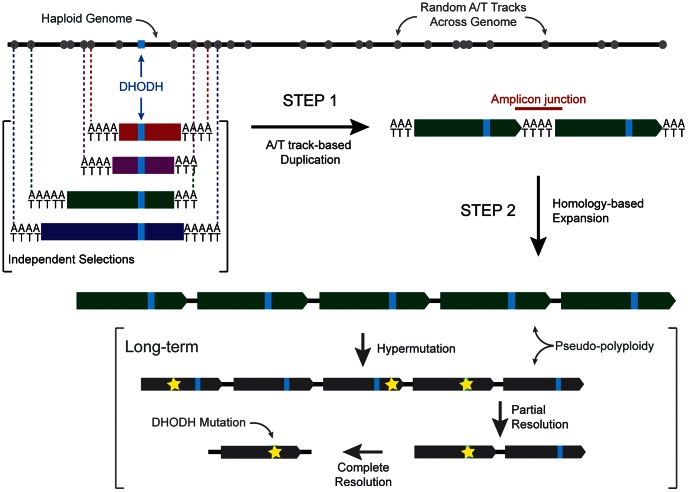Figure 5. Model of the two-step process that P. falciparum uses to acquire DNA amplifications.
In Step 1, random A/T tracks (grey circles) throughout the haploid genome (black line) initiate a short-homology mediated pathway through presumably either the generation of DNA double-strand breaks due to polymerase pausing or enzymatic action on DNA that is free of histone interactions (see Discussion). In our independent selections, the randomness of the duplication of the genome surrounding DHODH (light blue rectangle) is emphasized by the positions of various initiating A/T tracks (vertical dotted lines) and the generation of differently sized founder amplicons (red, purple, green, and blue bars). The amplicon junction (red line) appears to be generated from uneven “stitching” of the initiating A/T tracks from either side of the amplicon and not simply addition. In Step 2, larger stretches of homology (example green bar) likely trigger homologous recombination-like pathways in the parasite which act to conserve the original beneficial amplicons from Step 1. Long term, the condition of pseudo-plyploidy could allow the generation of mutations (yellow star) across the amplicon, which partial and complete de-amplification could resolve over time.

